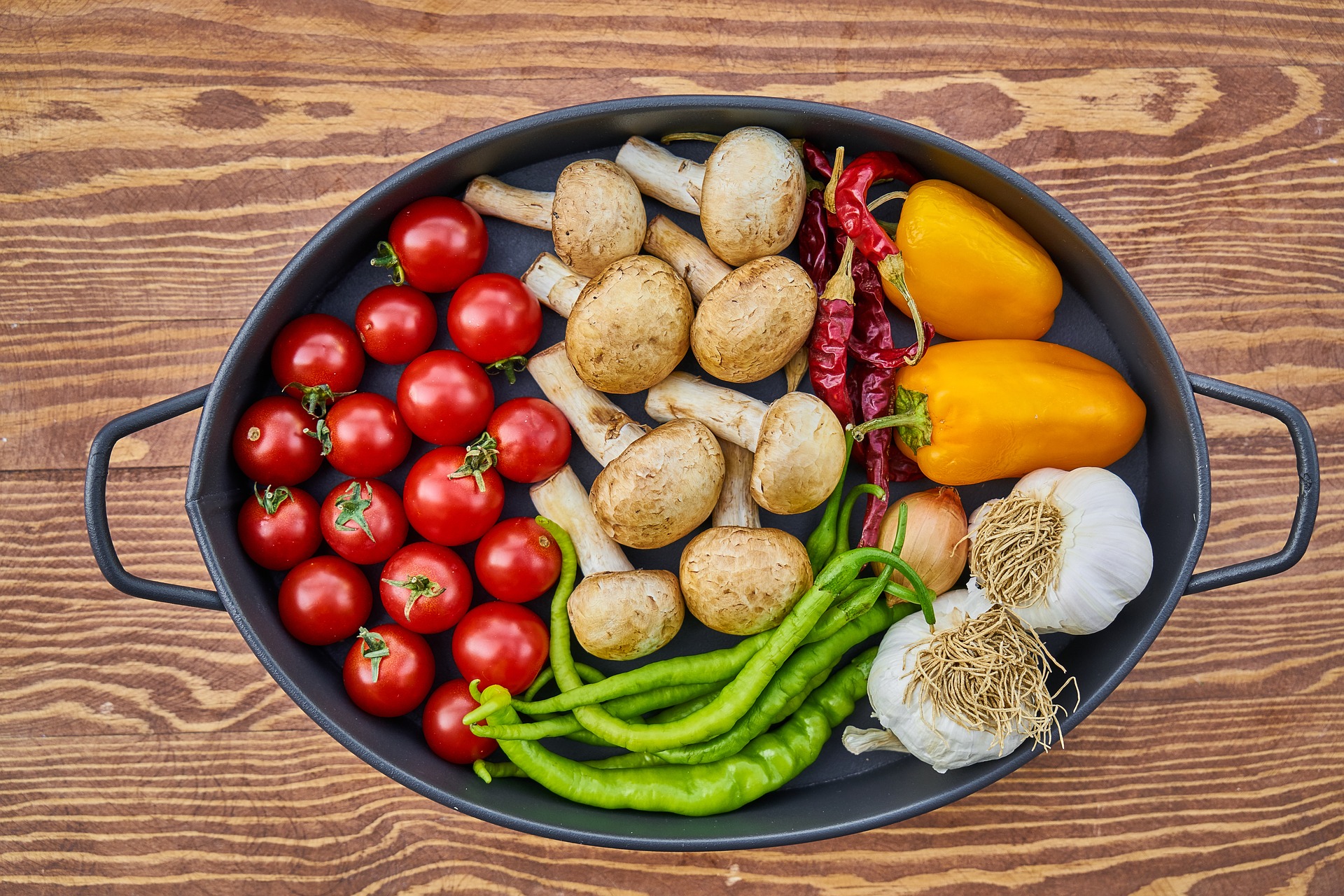
Many people mistakenly assume that a budget-friendly shopping list contains nothing but ramen noodles, sugary cereal, and other processed foods. It’s true that these items are affordable, but you can also score healthy food for reasonable prices. Try the suggestions below next time you shop for groceries, whether you’re seeking cheap gluten-free meals for a family or simply want to replace some pantry staples with healthier options.
Make a Meal-Plan Menu
Frugality requires careful planning, especially since the United States is notorious for wasting food. A detailed study from the National Resources Defense Council shows that the average four-person American household tosses anywhere from $1,365 to $2,275 of food each year, which equals approximately 25% of the family’s purchased food and beverages.
A monthly meal plan can help a frugal-minded family reduce waste, which frees up income for healthy products. If you can’t commit to a monthly schedule, aim for a weekly or semi-weekly meal plan. You can do this with help from a nutritionist or feedback from your family.
Not sure how to create a meal plan? There’s an easy-to-follow example of a nutrient-rich paleo meal plan on Paleo Leap, and EatingWell has a low-calorie vegetarian meal plan. Make sure your personal meal plan includes three meals a day, plus snacks and beverages.
Create a meal plan that your family actually wants to follow. If you frequently grab meals on the go, you don’t have to sacrifice your fast-food favorites. Schedule home-cooked meals 4 or 5 days a week, and eat what you want the rest of the time. Many fast food restaurants offer healthy yet affordable options, including side salads, fruit bowls, and yogurt.
Follow Your Favorite Brands on Social Media
Social media is packed with promotional offers geared toward healthy-minded folks like you. Follow healthy brands on Facebook, Twitter, and Instagram for access to perks such as:
- Promo codes for online orders
- Printable coupons for in-store purchases
- Product giveaways
- Limited-time offers
- Information about road shows or local sampling events
Can’t find any deals? Reach out to your favorite companies by writing on their Facebook walls, publishing Tweets, or sending private messages about how you love their products. Explain that you’re looking for coupons or promo codes, and ask if there’s a mailing list you can join.
Stock Up During Sales
It’s no secret that organic snacks, gluten-free baked goods, and dairy-free products often cost more than traditional products. If you’ve experienced this trend, cut your grocery bill by stocking up on healthy food during sales. Don’t clear the shelves (it’s rude to other shoppers!), but feel free to grab multiple items.
If you want a large number of something, such as 20 boxes of vegan cookies or 50 bottles of high-pH water, call the store ahead of time. Many grocery store managers are happy to order extra products to accommodate your needs.
Utilize Rebate Apps
Have you heard any commercials or seen online articles that rave about how “You’ve Gotta Ibotta” lately? Rebate apps like Ibotta and its competitors are a must-have tool for frugal families. Here are some other rebate apps to try:
- Checkout 51
- SavingStar
- BerryCart
- MobiSave
After you download an app, select the rebates you want and shop as usual. After you get your groceries, photograph your receipt or scan the code at the bottom. After you rack up enough funds for an app’s payout threshold, which typically ranges from $5 to $20, you’ll receive a payment via PayPal or check.
Be careful not to buy things you don’t need just because there’s a rebate available. Use rebates for things you already buy, or combine them with coupons or store sales to maximize your savings. Checkout 51 often makes shoppers choose between coupons and rebates, but Ibotta generally lets you use coupons and store loyalty programs (like Target Cartwheel).
Buy Seasonal Produce
Canned veggies and frozen fruits aren’t always cheaper than fresh produce, especially if you buy food while it’s in season. Visit nearby farmers markets for seasonal produce, or shop at a grocery store that stocks its shelves with local goods.
Struggling to figure out what’s in season near you? The Produce for Better Health Foundation manages a program called Fruits and Veggies – More Matters. Check out this helpful health initiative’s website at FruitsAndVeggiesMoreMatters.org for up-to-date info on seasonal produce as well as shopping tips, healthy recipes, and nutrition information.
If you end up buying more seasonal produce than your family can eat in a timely manner, freeze it. Fresh berries, sliced pineapple, cubed butternut squash, and diced onions are some types of produce that freezes well. You can also store fruits and veggies in airtight mason jars if you have a canning system.
You can even prepare vegetarian recipes and then freeze the fully cooked meals in resilient containers. When you’re ready to eat, let the frozen food thaw slightly before sticking it in the oven or microwave. Frozen soup can be reheated in a pot or slow cooker.
A healthy diet can benefit your family physically as well as mentally. Before you take up a side hustle to afford nutritious meals, try our budget-friendly tips above to help your family embrace a healthy lifestyle.